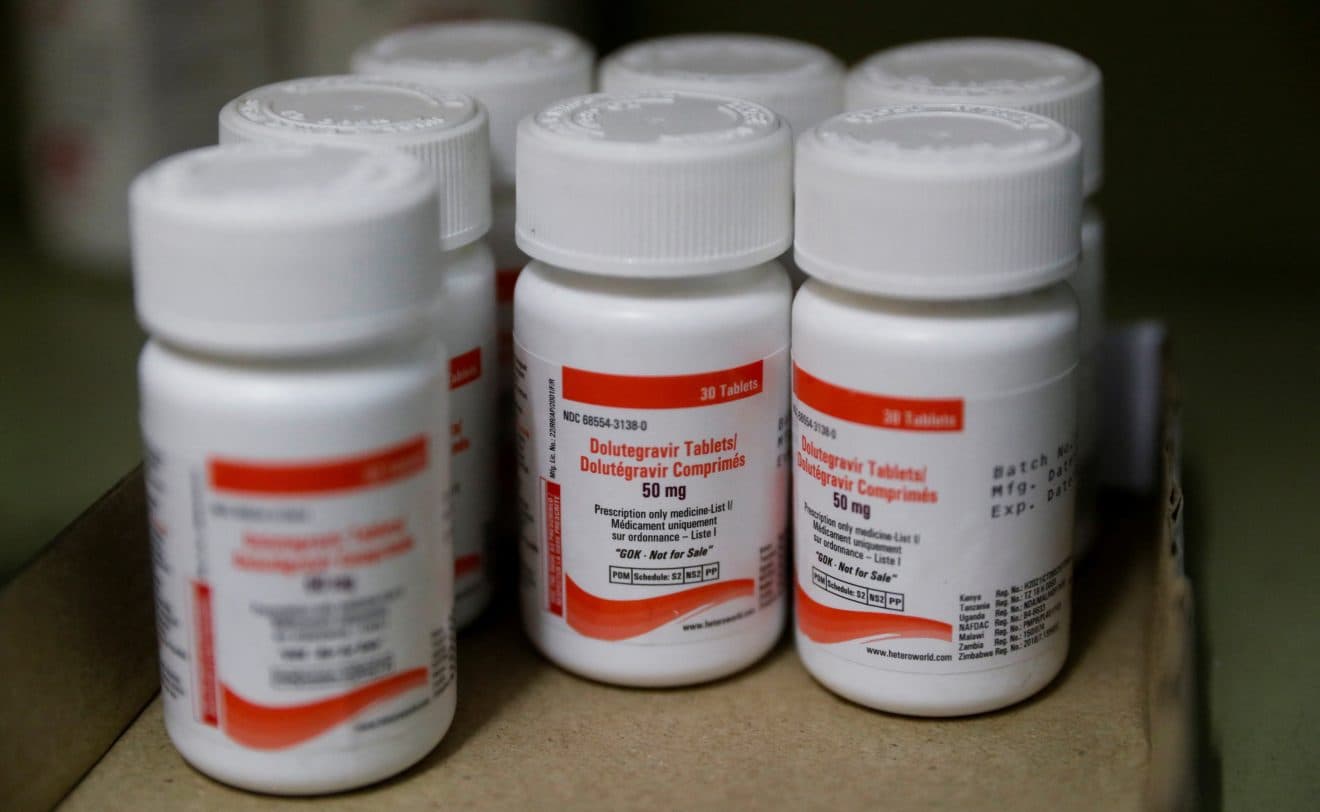We're loading the full news article for you. This includes the article content, images, author information, and related articles.
Decades of advancement against HIV/AIDS in Kenya are under threat as the suspension of U.S. foreign aid disrupts life-saving treatment for over a million people, forcing the nation to confront a potential healthcare crisis and its deep reliance on donor funding.

Kenya's celebrated success in combating the HIV/AIDS epidemic is facing its most significant threat in decades following the January 2025 executive order by United States President Donald Trump to freeze most foreign aid. This decision has effectively halted critical funding streams, primarily through the U.S. President's Emergency Plan for AIDS Relief (PEPFAR), which supports a substantial portion of Kenya's HIV response. The disruption threatens to reverse hard-won gains, jeopardizing the health of approximately 1.4 million Kenyans living with the virus, with over 1.3 million of them relying on PEPFAR-funded antiretroviral therapy (ART).
Since its inception in 2003, PEPFAR has been the cornerstone of Kenya's HIV/AIDS strategy, investing over $8 billion to date. This support has been instrumental in driving down AIDS-related deaths by 64% between 2010 and 2024 and reducing new infections by nearly 80% over a similar period. PEPFAR funds more than half of the country's total HIV/AIDS budget, providing essential services including life-saving ART for 1.3 million Kenyans, HIV testing for over 3 million people annually, and care for more than 600,000 orphans and vulnerable children. The program also supports over 43,000 healthcare workers and nearly 3,000 clinics across the nation. The sudden suspension of this aid, which included the dismantling of the U.S. Agency for International Development (USAID), has created chaos, disrupting drug supply chains and leaving clinics without essential resources.
The consequences of the aid freeze were felt almost immediately. Clinics began rationing medications, reducing multi-month prescriptions of ARVs to mere weeks, forcing patients into more frequent and costly hospital visits. Reports from early 2025 indicated nationwide stockouts of some ARVs, including critical second-line treatments and pediatric formulations like Nevirapine syrup. Even when waivers were issued to allow for the distribution of life-saving commodities, logistical and payment system breakdowns within the dismantled USAID structure meant funds did not flow, leaving millions of dollars worth of drugs stranded in warehouses. Viral load testing, a crucial tool for monitoring treatment effectiveness that was previously free, now costs patients up to Sh3,000, a prohibitive amount for many. Community-led organizations, vital for reaching key populations like gay men and other men who have sex with men (GBMSM), were forced to shutter programs, leading to missed appointments and loss to follow-up care.
The funding shock has exposed Kenya's profound dependency on foreign aid, which finances at least 66% of the national HIV budget. In response, the Kenyan Ministry of Health has sought Sh33.5 billion in emergency funding from the National Treasury to bridge the gap. Health officials have also proposed integrating HIV commodities into the new Social Health Authority (SHA) to ensure long-term domestic financing. However, the country faces a significant overall funding shortfall for its HIV programs, estimated at $78 million for the current financial year alone. While the U.S. administration has announced a new "America First Global Health Strategy" that shifts from NGO-led models to direct government-to-government agreements, the details and timeline for implementation remain uncertain, with new agreements not expected to be in place until April 2026. This leaves a dangerous interim period where the continuity of care is not guaranteed. The United Nations has warned that if the U.S. funding gap is not filled globally, it could lead to millions of additional AIDS-related deaths and new HIV infections by 2029. For Kenya, a nation that had surpassed the UNAIDS 95-95-95 targets, the current crisis is a stark reminder of the fragility of public health achievements in the face of shifting global political priorities. The government's ability to mobilize domestic resources and secure alternative funding will be critical in the coming months to avert a public health catastrophe and protect the lives of millions of its citizens.
Keep the conversation in one place—threads here stay linked to the story and in the forums.
Other hot threads
E-sports and Gaming Community in Kenya
Active 6 months ago
Popular Recreational Activities Across Counties
Active 6 months ago
The Role of Technology in Modern Agriculture (AgriTech)
Active 6 months ago
Investing in Youth Sports Development Programs
Active 6 months ago